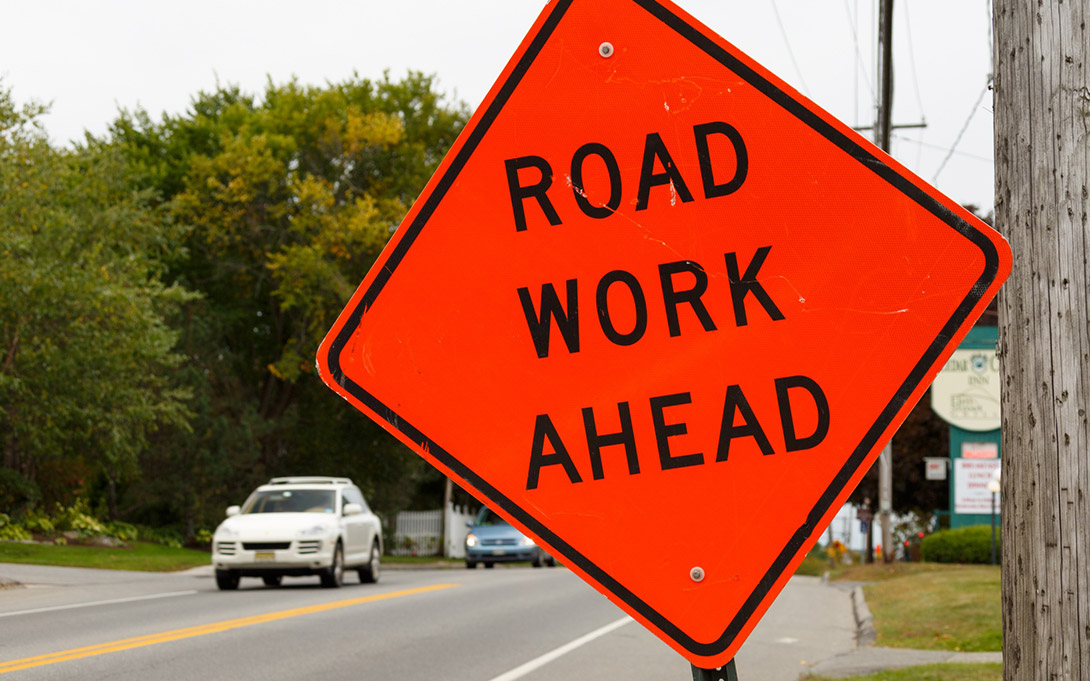
A survey of Michigan local government leaders on the federal American Rescue Plan Act funding and uses finds the top spending priorities are on capital improvements, infrastructure and public safety.
Further, the state's largest jurisdictions are more likely to say the money will improve fiscal health, infrastructure and overall quality of life compared to smaller jurisdictions, and are more likely to expect significant improvements in these areas, according to the University of Michigan survey.
Gov. Gretchen Whitmer announced the distribution of more than $321 million to 1,650 communities as part of the second batch of the act's Coronavirus Local Fiscal Recovery Fund payments. How communities around the state plan to spend their money is the focus of a new Policy Brief issued by U-M's Center for Local, State, and Urban Policy (CLOSUP).
The study finds 52% of local governments plan to spend the money on facilities such as public buildings and parks. The next most common plans are for roads (39%), water and sewer infrastructure (35%) and public safety (29%).
The findings are based on surveys as a part of the Michigan Public Policy Survey conducted between April and June. Respondents include county, city, village and township officials from more than 1,300 jurisdictions statewide.
Whitmer's announcement regarding the distribution to smaller communities says the funding can be used to respond to the effects of the COVID-19 pandemic, restore jobs, provide premium pay to essential workers, make up for lost revenue or invest in water, sewer or high-speed internet infrastructure. Recipient local units of government have until 2024 to identify projects and obligate funds. The state of Michigan is responsible for distributing Coronavirus State and Local Fiscal Recovery Funds dollars to smaller cities, villages and townships, while the U.S. Department of Treasury is responsible for directly distributing $1.80 billion to 49 Michigan metropolitan cities and townships and $1.93 billion to all 83 Michigan counties.
According to the survey, there are differences in the order of priorities across jurisdictions of various sizes. For example, the second highest priority is road projects in the smallest jurisdictions (those with 5,000 or fewer residents), compared with water and sewer projects in mid-size jurisdictions (with 5,001-30,000 residents), and public safety spending in the largest jurisdictions (those with more than 30,000 residents).
"After the economic difficulties caused by the pandemic, the federal funding is giving local communities a unique opportunity to set their public investment priorities, and many say they are currently focusing on large, long-term improvements," said Debra Horner, CLOSUP's senior program manager for the survey.
The brief also examines strategies local governments plan to deploy to implement the spending, including local community engagement, collaboration with other jurisdictions and using public-private partnerships.
Smaller jurisdictions in particular face challenges navigating state and federal bureaucracies, reported by 55% of jurisdictions receiving the funds, as well as procurement challenges (48%). Meanwhile, 42% statewide say uncertainty about future funding is at least somewhat of a problem.
Most of the local leaders statewide expect the funding to improve their jurisdictions' infrastructure (67%), quality of life (58%), and fiscal health (52%).
"While the optimism about the difference the funding will make is widespread, we see that optimism somewhat tempered as there is considerable concern about actually implementing these projects, and although the funding amounts are impressive, they still won't cover the huge infrastructure needs across Michigan," said Natalie Fitzpatrick, the survey's project manager.
More information is available at https://closup.umich.edu/michigan-public-policy-survey/mpps-2022-spring

